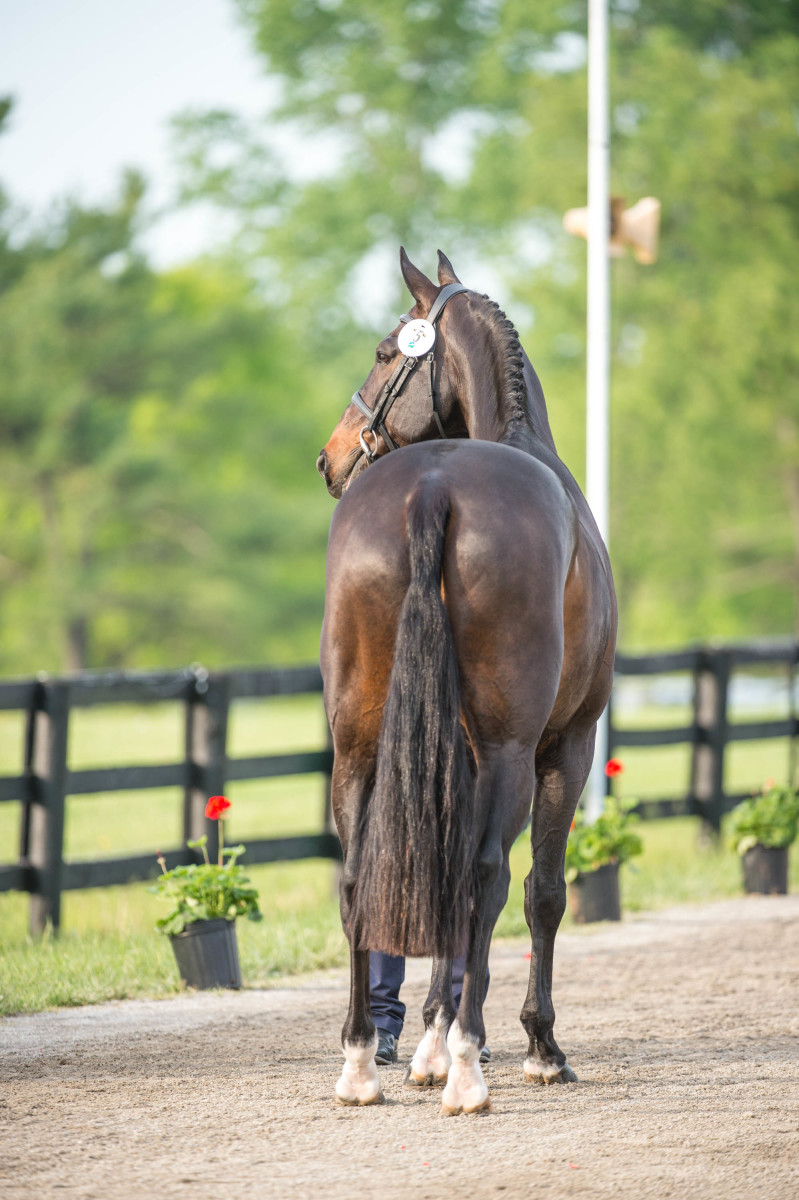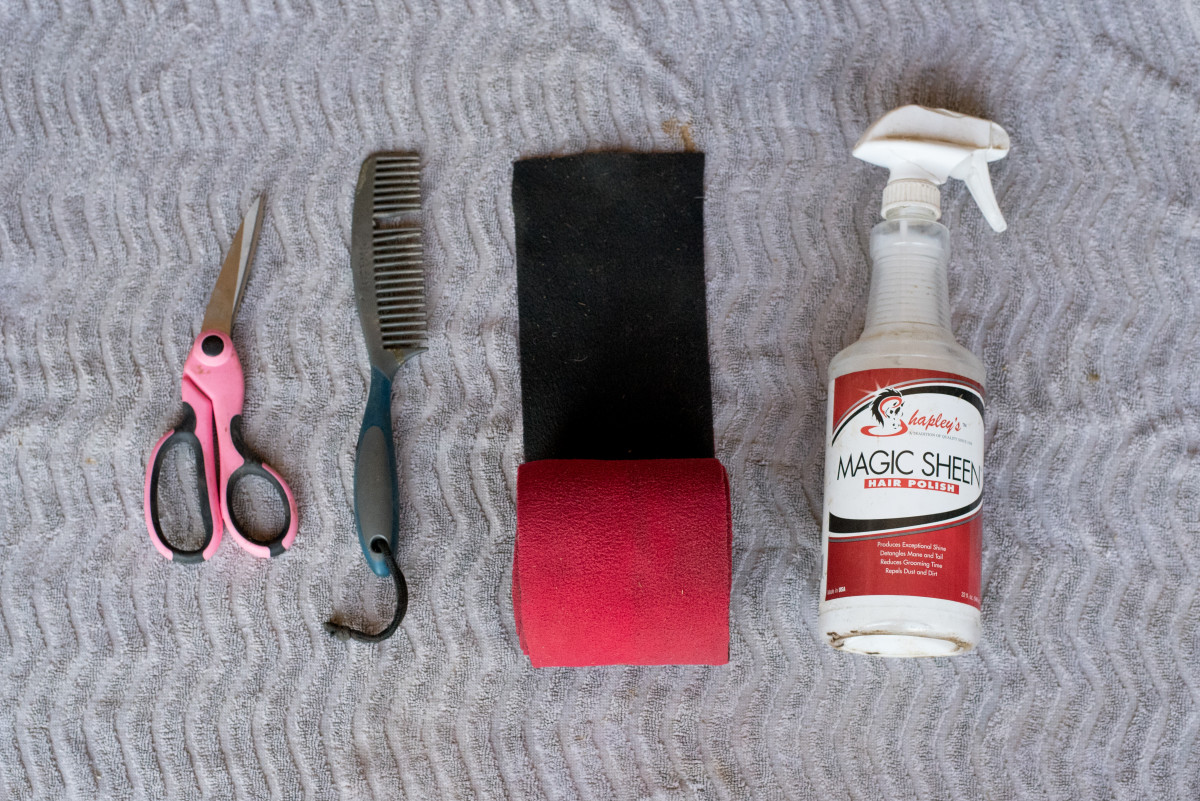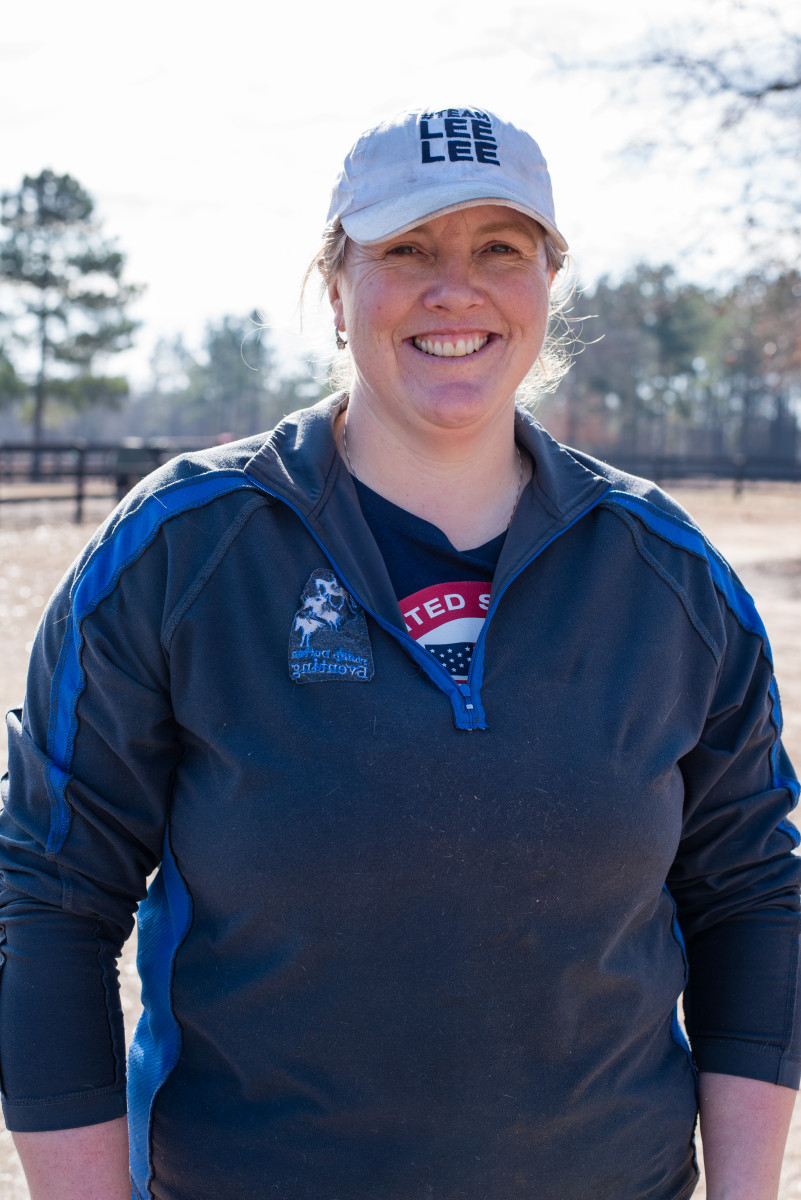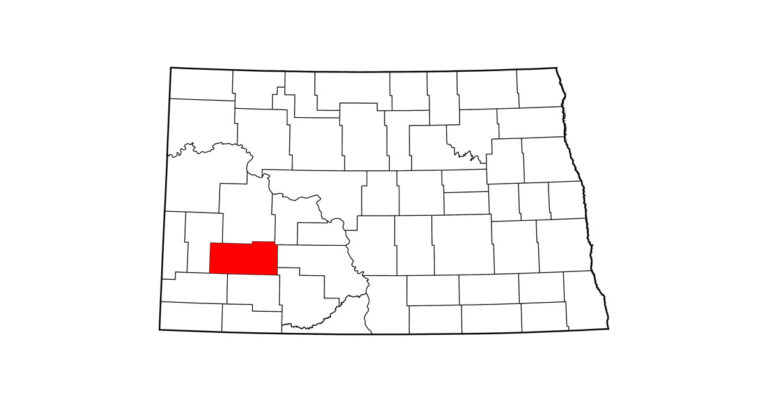Banging your horse’s tail—making a horizontal blunt cut to the bottom of it—is one of the simplest things you can do to make it look fuller and neater. Although you’re most likely to see this sharp look (forgive the pun) in the event world, it’s also fairly common in the dressage and jumper rings. But this handy technique is not just for competition. Banging a thin, straggly tail prevents the longest (and thus weakest) hairs from breaking, while making the tail appear thicker and healthier. I often bang tails the day after the last competition of the season to encourage them to grow in thicker over the winter.

Amy K. Dragoo/AIMMEDIA
One important consideration is the tail length you’re aiming for. This can vary from discipline to discipline, horse to horse, and even country to country. Eventers in the U.S. tend to bang their horses’ tails a few inches below the chestnut. In the U.K., they’re often a bit shorter than that. Jumpers’ tails can be banged almost as short as hock level. Dressage horses’ tails are usually longer, often ending near the fetlocks.
As an Amazon Associate, Practical Horseman may earn an affiliate commission when you buy through links on our site. Product links are selected by Practical Horseman editors.
How your horse naturally carries his tail under saddle should also influence the length you choose. Look at pictures or videos of him in motion. Does he carry his tail high or low? If he carries it high and you cut too much tail off, it might look shorter than you intended. If he carries it low, you might be able to trim off a little extra length. I’ll explain in the steps below how to accommodate these variations. There’s no length rule, however. In the end, it all comes down to your personal preference. I like my charges’ tails to fall approximately one hand width below the chestnut when the horses are in motion.
If your horse has one of the thin, straggly tails I mentioned earlier, or if it’s the end of the competition season, and you don’t mind him looking like a yearling for a while, I recommend cutting the tail quite short—to the chestnuts or higher, or to the thickest part of his tail. It will take several months for it to grow back, but when it does, it will be thicker and healthier.
The key to creating an even, blunt line at the bottom of the tail is very sharp scissors. Any high-quality scissors (from a kitchen-appliance store, craft store, etc.) will do, so long as they’re a decent size—not elementary-school scissors. To keep them sharp, I recommend using these scissors only for this purpose. Have a second pair of scissors on hand for day-to-day tasks around the barn, like cutting baling twine. If your horse has an especially thick tail, use clippers with a #10 blade instead of scissors. This will make it easier to bang the tail in one shot, rather than nibbling away at it and producing an uneven line.
One caution before you get started: Just like human hair, tail hairs stretch when they’re wet. They bounce up to a shorter length—and, sometimes, a different shape—as they dry. To avoid the risk of cutting the tail too short, always be sure it is completely dry first.
What You’ll Need

• Very sharp, high-quality scissors
• [optional – not pictured] Clippers with a #10 blade, if your horse has a very thick tail
About Emma Ford

Emma Ford grew up in North Devon, England, riding in the Pony Club and in the hunt field with her father, who was a Master of Foxhounds. She jumped in Great Britain’s famous Horse of the Year Show in 1991 before graduating from the University of Wales and moving to the United States to groom professionally for four-star eventer Adrienne Iorio for seven years. In 2005, Emma accepted a new position managing Olympian Phillip Dutton’s True Prospect Farm in West Grove, Pennsylvania. Since then, she has groomed at multiple Olympics, World Equestrian Games and Pan American Games. She was named the U.S. Eventing Association’s Professional Groom of the Year in 2007 and was awarded the Professional Riders Organization Liz Cochran Memorial Groom’s Award in 2012. Emma and Cat Hill co-authored the book World-Class Grooming for Horses and teach in-depth grooming and horse-care clinics around the country. For more information, go to WorldClassGrooming.com.









